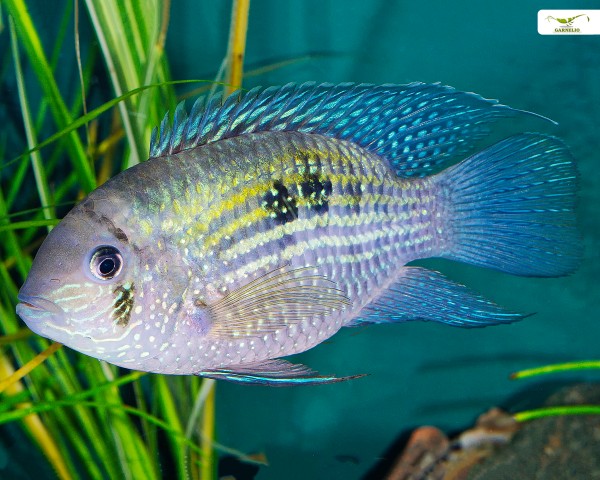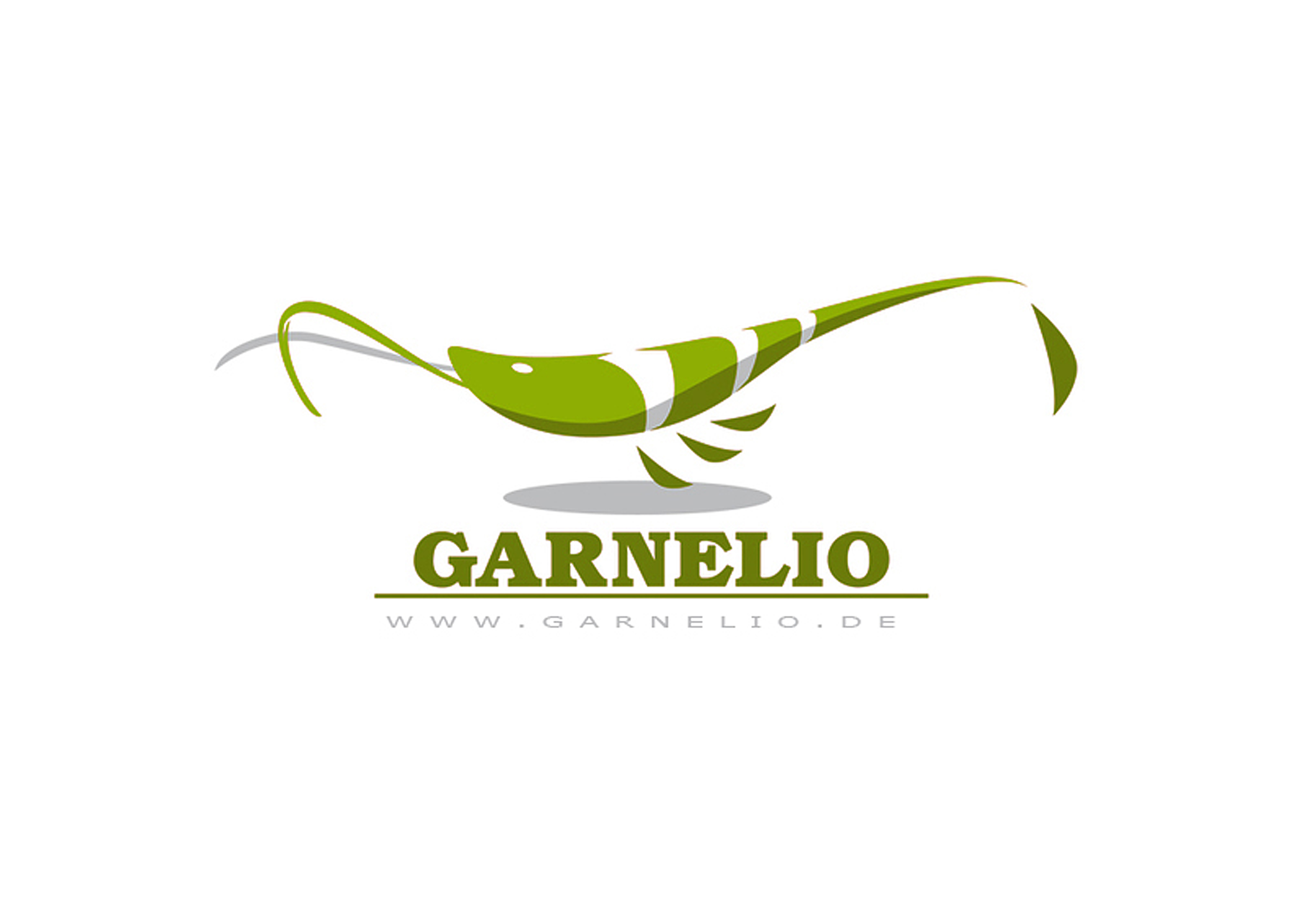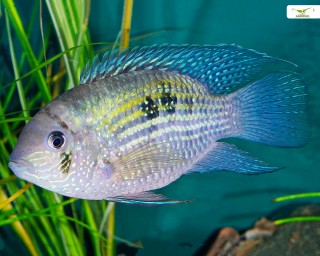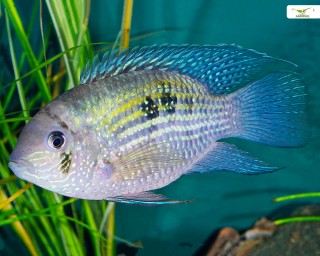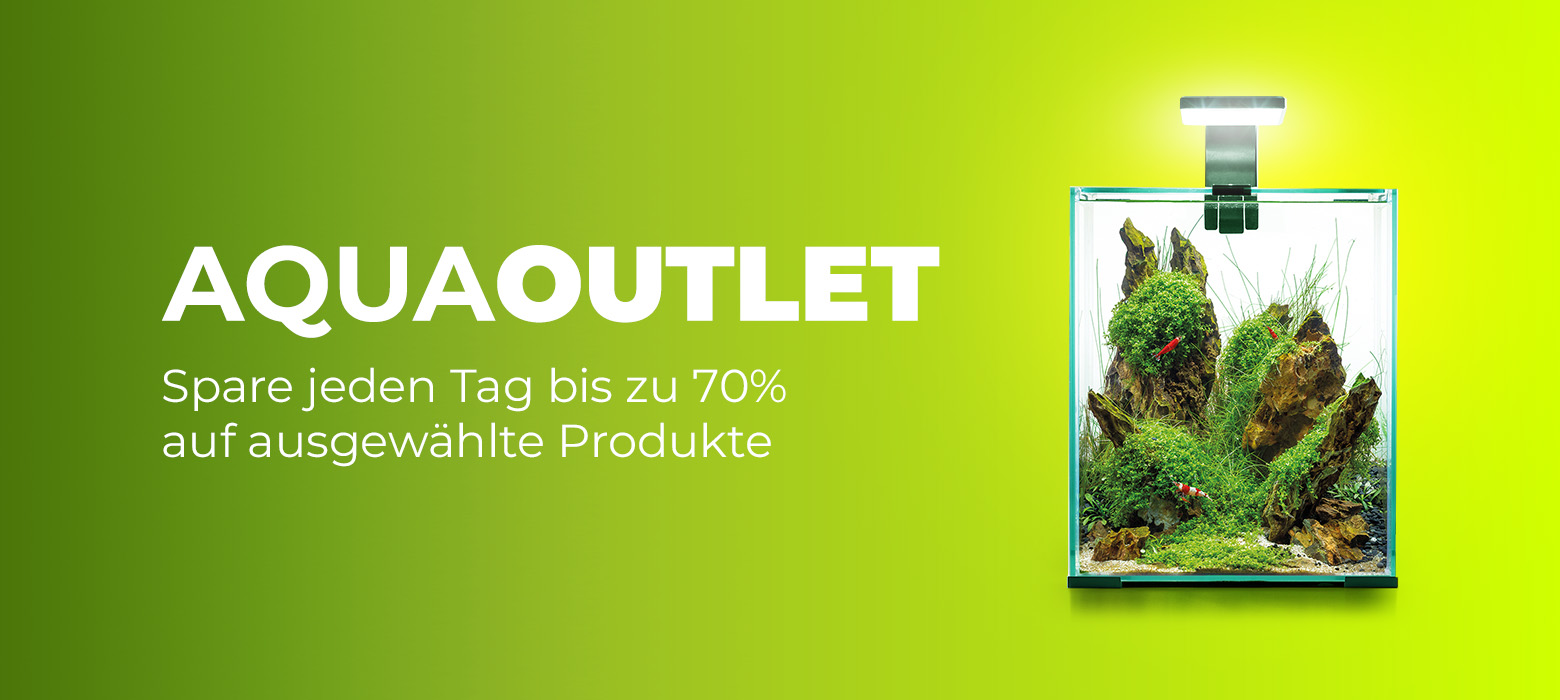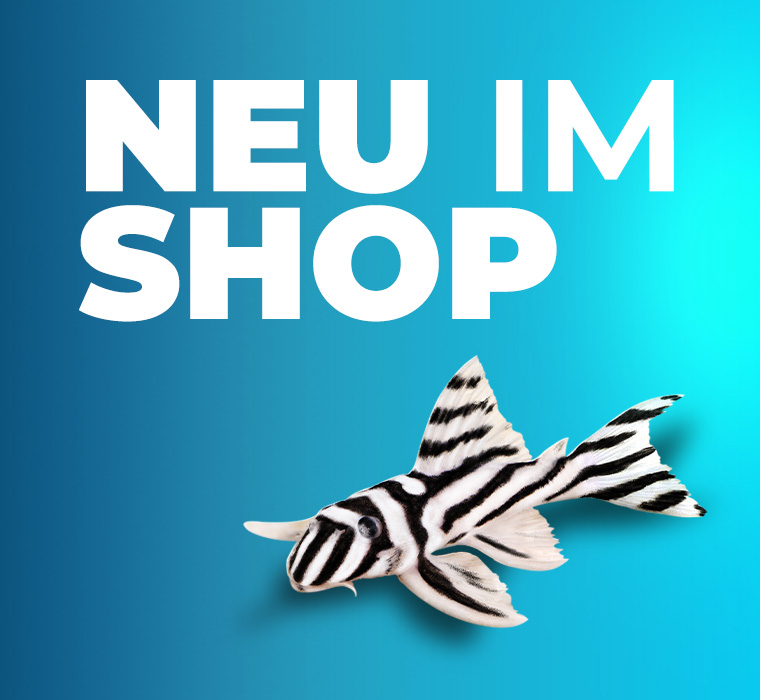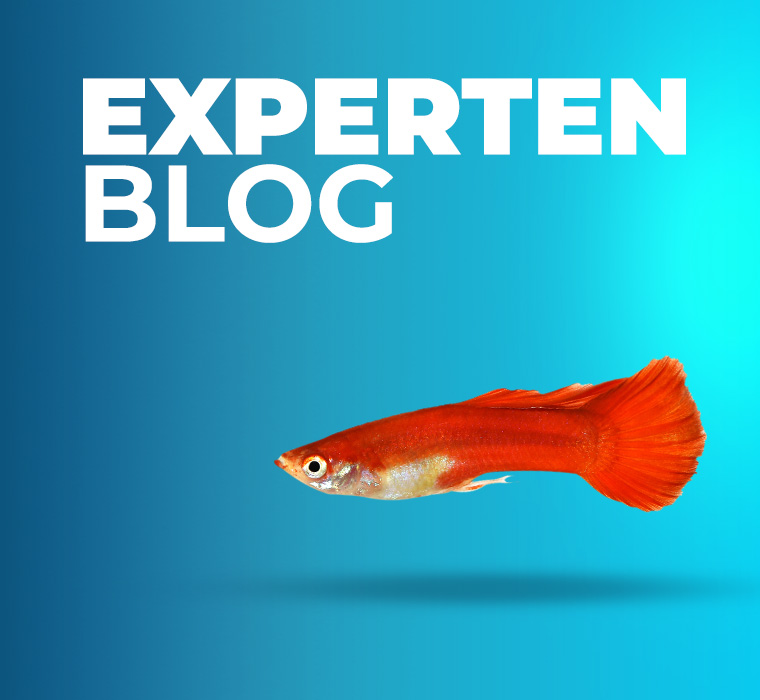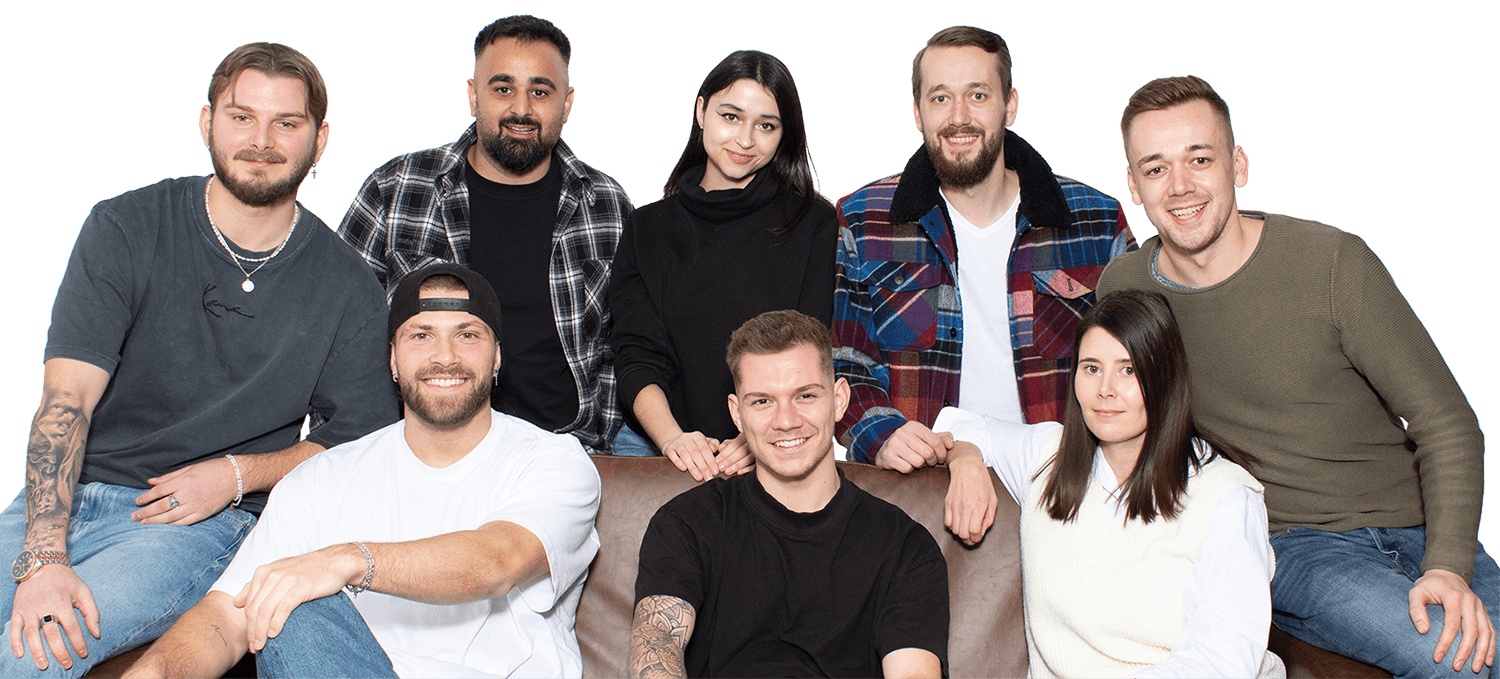incl. VAT plus shipping costs
Currently not available
Delivery only innh. Germany and Austria possible.
Switch to the German store
- Item no: 31019
Fast delivery times
All products are in stock with us!14 years of breeding experience
Let our team of experts advise you!High customer satisfaction
from over 3,000 reviews "| Water values: | soft to medium hard |
| Final size: | > 12cm |
| with crabs?: | No |
| Temperature: | 22-28 °C |
| with large crabs?: | conditional* (see description) |
| Feature: | Interesting coloring |
| Fish group: | Cichlids |
| Aquarium size: | 250/300 l (approx. 120cm) |
| Visual effect: | Forms territories (when spawning) |
| Diet: | carnivore - meat eater |
| Pelvic region: | Below |
| Origin: | South America |
| Breeding: | simply |
| Difficulty: | 2 - Normal |
| Planting possible?: | Yes |
| with snails/shells?: | Yes |
| Behavior: | Normal |
| with fish?: | conditional* (see description) |
| with dwarf crabs?: | No |
| with shrimps?: | Socialization not possible |
| Age Expectancy: | 3-5 years |
Blue-spotted cichlids, Aquidens pulcher, also belong to the South American cichlids and are also known as Aequidens latifrons or Cychlasoma pulchrum. Their easy keeping, peacefulness and easy breeding makes them very popular not only among cichlid enthusiasts. The originally from Colombia originating Blue-spotted Cichlid is available from us in pairs as German offspring.
Blue-spotted cichlids reach a final size of almost 20 cm. They have the typical perch body with a silver-gray ground color, on which are several rows of golden shiny scales, which lose towards the belly. The face is also mottled turquoise and has an undereye patch. There are two distinct round black spots on the middle of the body. The dorsal fin is pointedly extended and extends above the rounded caudal fin. The caudal peduncle is prominent. The pectoral fins appear transparent, and the first fin rays of the pelvic fin are turquoise with black fringing. All other fins have a light blue transparency with speckles.
Blue-spotted cichlids can also be induced to spawn in community aquariums, and do so several times a year. High water temperatures and flat stone plates animate the animals virtually. On flat surfaces these open brooders spawn several times a year and are caring parents that take care of the clutch. The fry can be raised with freshly hatched Artemia nauplii and dust food.
The peaceful blue-spotted cichlids can be socialized excellently, even in pairs in a large aquarium from 250 liters, since the animals can become very large. A fine sandis recommended as substrate, as the fish filter it for food, among other things. However, plants are not affected. Likewise the aquarium should have sufficient caves and hiding places, as they can be offered for example with roots and stone structures secured against falling over. Since they occasionally claim territoriality, these serve among other things to delimit the territory and as a visual screen. Regarding water values, the Blue-spotted Cichlid is a very tolerant and undemanding fellow, which can be maintained without problems in a total hardness (GH) between 8 and 25 ° dGH, as well as a pH value of 6.5-8. The temperature should be between 18 and 28 °C.
Blue-spotted cichlids can be excellently socialized with other fish, even much smaller ones, such as guppies, platies, mollies and swordtails, which are only considered as intermediate snacks in exceptional cases. Larger loricariid catfish are also suitable. A socialization with crayfish is conceivable if the crayfish have many good hiding places where they can hide during and after molting.
These omnivores can be optimally fed with commercially available dry food in the form of flake food or granulated food, but also food tablets for carnivorous ornamental fish. He will be grateful for an occasional treat in the form of live food such as daphnia, water fleas, artemia or grindal worms. Mosquito larvae, however, should not be eaten.
Our food recommendation: The NatureHolic Cichfeed has a grain size of 1.5 mm and is therefore also suitable for larger fish. The NH Cichfeed is a soft granulate for predominantly carnivorous fish. It has the same consistency as small crustaceans and insect larvae that fish naturally eat, and the soft granules protect the fish mouth from micro-injuries that can result from hard feed granules.
Our plant recommendation: For planting, use NatureHolic InVitros. These are free of snails, planarians and other unwanted co-inhabitants. Also free of algae spores, bacteria and fungi.
Expert Tip: We recommend when keeping fish the NatureHolic 3 Phase Liquid. The care set offers the best all-round protection for your animals. It ensures optimal conditions for successful breeding and keeping.
| Scientific name: | Aequidens pulcher, Aequidens latifrons, Cychlasoma pulchrum |
| German Name: | Blue-spotted Cichlid |
| Difficulty level: | for beginners |
| Origin/Distribution: | South America, Colombia |
| Coloration: | silver-gray base color with golden shiny scales in rows, conspicuous black spots, light blue fins |
| Age expectancy: | approx. 4 years |
| Water parameters: | GH 3°-15° dGH, KH 0-8° dKH, pH 6.0-7.5, temperature 23°-27° C |
| Tank size: | 300 l and up |
| Food: | Carnivorous; granulated food, food tablets, flake food, live and frozen food, such as Artemia, Daphnia or water fleas |
| Breeding: | medium |
| Behavior: | peaceful and occasionally aggressive towards conspecifics |
| Group size: | 2 and up |
| Further information: | Ten typical aquarium fish for beginners and alternatives to them, Tips for acclimating fish to the aquarium, Feeding aquarium fish properly - cheap food and what it can do |
- Item no: 31019
Entdecke die Garnelio Welt!
Garnelio gehört zu den größten Onlineshops für wirbellose Aquarientiere weltweit.
Viele Artikel gibt es exklusiv nur bei uns im Shop.

